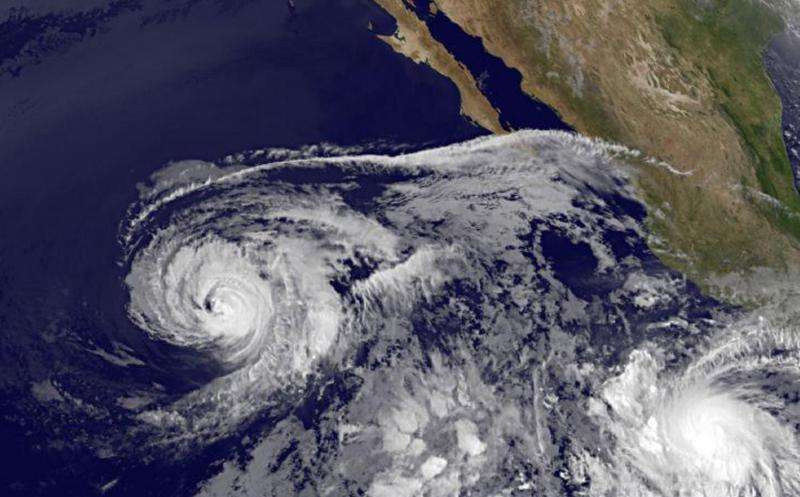
The deluge set records in parts of southern California. 14, 2019 image from NOAA's newly operational GOES West (GOES-17) satellite. The conveyor belt of clouds and moisture stretching across the Pacific easily stands out in this Feb. First launched in March 2018, the satellite became fully operational in February 2019.Īn atmospheric river has drenched California with heavy rain and mountain snow this week, triggering flash floods, mudslides, and winter storm warnings in the Sierra Nevada. The GOES West satellite, also known as GOES-17, provides geostationary satellite coverage of the Western Hemisphere, including the United States, the Pacific Ocean, Alaska and Hawaii. This GeoColor enhanced imagery was created by NOAA's partners at the Cooperative Institute for Research in the Atmosphere. Parts of the southern and central High Plains, which are on the southern side of this storm, are expected to experience very high winds with sustained speeds of up to 30-40 mph and gusts of over 60 mph. Denver International Airport and Dallas-Fort Worth International Airport were among the airports most affected by the impending storm with more than 1,000 and nearly 140 cancellations respectively. 1,417 flights within, into or out of the United States were canceled, according to. “You risk becoming stranded if you attempt to travel through these conditions,” the WPC tweeted.Īs of 11:16 a.m. In the areas mentioned above, the WPC warns that visibility will drop to near zero during the height of the storm. Heavy rains, severe thunderstorms, isolated flooding, heavy snow and blizzard conditions associated with this storm could lead to “extremely dangerous” travel conditions. NOAA’s GOES West satellite captured this GeoColor limb view of the powerful winter storm system that’s expected to intensify Wednesday, March 13, 2019, before sweeping eastward across much of the Central U.S.īlizzard warnings are already in effect from northeastern Colorado into southeastern Wyoming and across western Nebraska and southwestern South Dakota, according to the National Weather Service Weather Prediction Center (WPC).

The opposite occurs at each pole in December, when the Northern Hemisphere sees its shortest day and longest night of the year. As the Earth rotates on its axis, the North Pole experiences 24 hours of daylight, or “midnight sun,” while the South Pole is obscured in darkness. That shadow is called the daylight terminator. Notice in this image how the shadow that separates day and night across Earth is highly slanted.

In Miami, it rose at 6:30 am and sets at 8:15 pm. In Fairbanks, AK, the sun rose today at 2:57 am and will set at 12:47 am.


The amount of daylight we see depends on our distance from the equator. Of course, it’s also the longest day - and shortest night - of the year. It occurred today at 11:54 am EDT, when the sun's direct rays reached as far north as they could get, along the Tropic of Cancer, at 23.5 degrees North latitude. Summer solstice is the start of astronomical summer in the Northern Hemisphere and the moment that hemisphere reaches its greatest tilt toward the sun. On June 21, GOES East and GOES West simultaneously saw the slanted shadows separating day and night on Earth just minutes after the summer solstice occurred.


 0 kommentar(er)
0 kommentar(er)
